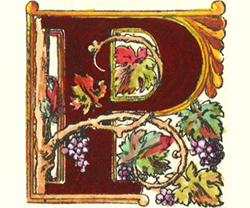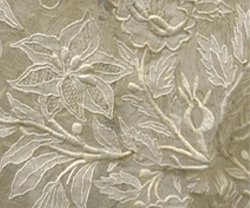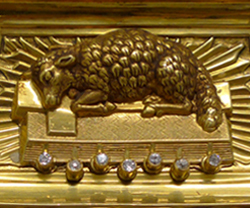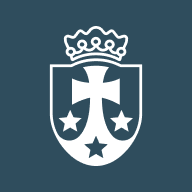The sacristan prepares the material necessary for the celebrations and liturgical offices



A first activity of the sacristan is to pass in the external chapel all the objects necessary for the liturgical services which must take place there. Ornaments, ciborium and chalice, wine and water, altar bread: the sacristan passes all this through the drawer or le tour of the sacristy. Tower and drawer below are accessible both from the side of the exterior sacristy and from the interior sacristy, but without the possibility of seeing each other.
When the priest arrives for Mass, the sacristan must have prepared and passed around what is necessary for the priest to dress and be able to celebrate Mass. After mass, she must collect ornaments and objects and put them away. The vestments of the priest are complex: the amice, the alb, the cord, the stole, the maniple and the ornament. You can see here some contemporary ornaments of Therese. It is also necessary to prepare the altar cloth and the tablecloth for the communion grid. It is the sacristan who will open the communion gate, in the choir, to allow the communion of the sisters on the days of communion.

The objects necessary to celebrate the mass include: the chalice, the paten, the ciborium, the cruets (picture below), the candlesticks, the missal. See here the sacred vases from the time of Thérèse, and the Missal of Father Youf.
For the exhibitions of the Blessed Sacrament, the sacristan passes the monstrance and the tabor (see in the photo gallery) as well as the necessary candles; and for the priest, the cope and the stole. On Saturdays, she brings candles from Hello, candle that the sisters in white coats will carry lit during the singing of this hymn to the choir before thePrayer evening.
It is up to her to keep all the linen used for the various ceremonies clean and in good condition, to make new ones when necessary.
It is up to her to have the habit that a new novice will receive blessed before the ceremony, to prepare a large candle for her, as well as candles for the other sisters of the community which they will carry lit, accompanying procession the new novice for her entry into the choir.
For the communion of the sick, she prepares on the altar of the infirmary, a crucifix between two candlesticks, a corporal, the book which must be used by the priest, near the altar she places a stoup and the sprinkler. If the whole community accompanies the priest carrying the Blessed Sacrament, all the sisters have candles. For the extreme unction, the sacristan must prepare the altar of the infirmary as for the communion of the sick, without corporal, but with the holy oils and 2 small trays containing cotton swabs. It also provides a small basin and water so that the priest can wash his hands after performing the anointings.
For burials, she brings out the kneelers covered with black covers, she has the black hangings and covers put up in the chapel, the purple curtains at the communion rail. She prepares the candles for the clergy, the black ornaments: chasuble, dalmatics, cope, pastoral stoles, albs, cords and amices. For the choir, she prepares the processional cross and the candles for the sisters, as well as the candlesticks which will be placed around the coffin. Below, photo of a detail of the ornament that was used by Father Youf for the funerals, in particular those of Thérèse.

Finally, on days of great feasts, the sacristan has the altar and the tabernacle adorned with their finest white facings and the church with hangings, if possible. With all these very regular tasks, we understand that the sacristan has an assistant. Thérèse worked in the sacristy from February 1891 to February 1893. In March 1896 she was handed over to the sacristy, and removed shortly after her first spitting of blood.
A notebook of a hundred handwritten pages (22,5 X 17,5 cm) described the function in detail. After 16 pages of general explanations, this notebook specifies:
- the rules for the exposition of the Blessed Sacrament
- the number of candles needed at the altar
- what to consecrate and bless
- the use of holy things
- what to do when a host falls to the ground
- how to remove stains from ornaments
- laundering of linen in the sacristy
- the renewal of the holy oils
- how to make candles, wax and stearic (stearic acid forms a white solid at room temperature).
- indications for the ceremonies and for the festivals of the year: material to be prepared and ornaments of chapel.


